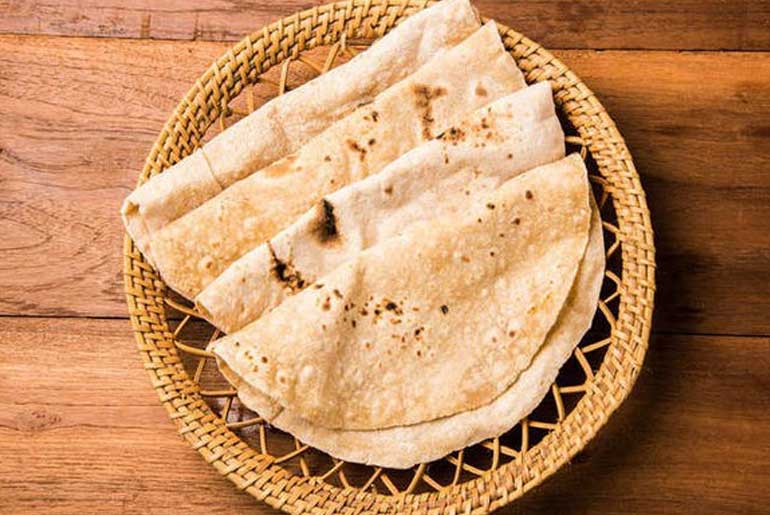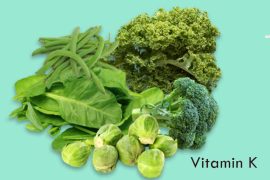The Role of Social Media in Health Information
In today’s digital age, social media platforms have become a significant source of health information. Apps like Instagram, originally designed for photo sharing, have evolved to host a wide array of content, including complex health topics made digestible by influencers. While this accessibility allows for a broader dissemination of health knowledge, it also presents challenges regarding the accuracy and reliability of the information shared. The dichotomy of health information and misinformation on these platforms can either serve as a valuable resource or pose a potential hazard to public health. Roti is safe for diabetics or if they should switch to millets.
The Roti vs. Millets Debate Among Diabetics
A prominent debate among diabetics, spurred by social media influencers, is whether roti (a traditional Indian flatbread made from wheat) is safe for diabetics or if they should switch to millets. Millets, including jowar (sorghum), finger millet (ragi), and bajra (pearl millet), are considered beneficial for diabetes patients due to their low glycemic index and high fiber content. These grains help regulate blood sugar levels by breaking down slowly in the body, releasing energy steadily, and avoiding glucose fluctuations. Rich in essential vitamins, minerals, and antioxidants, millets combat oxidative stress, which is often high in diabetics. Additionally, millets are packed with magnesium, a vital mineral for blood sugar regulation. Incorporating millets into the diet can be a strategic move for diabetics to manage their blood sugar levels effectively.
Understanding Gluten and its Effects
Human digestive enzymes can process proteins like gluten, but not entirely. While most people can tolerate undigested gluten, it can trigger severe autoimmune responses in some, such as in celiac disease, which damages the small intestine. Others without celiac disease might experience symptoms like bloating, diarrhea, headaches, or skin rashes after consuming gluten. These symptoms are often due to fermenting carbohydrates called FODMAPs rather than gluten itself.
Gluten from whole grains is generally not harmful to healthy individuals who can tolerate it. However, wheat is often refined into processed foods, losing its nutritional value. People on gluten-free diets who consume processed foods may still face health issues like weight gain and blood sugar swings due to the sodium, sugar, and additives in these products, not the gluten itself. For those with wheat allergy, celiac disease, gluten intolerance, or gluten ataxia, gluten-free substitutes like millets are beneficial.
The Nutritional Profile and Benefits of Millets
Millets are an ancient grain staple in Southeast Asia and Africa, prized for their comprehensive nutrient profile. They are packed with essential amino acids, rich in calcium, and high in protein. Millets also provide crucial nutrients such as iron, niacin, phosphorus, potassium, antioxidants, and vitamins A and B. Their low glycemic index (GI) makes them particularly effective in preventing type II diabetes by regulating blood sugar levels. The high fiber content in millets enhances their nutritional value, promoting overall health and well-being. Millets can also reduce cholesterol levels and the risk of atherosclerosis and heart disease due to their high soluble fiber content.
Additional Health Benefits of Millets
Millets are abundant in essential minerals like calcium, zinc, and iron. They contain antioxidants such as ellagic acid, curcumin, and quercetin, which support detoxification and may act as prebiotics, boosting the benefits of probiotics. High in niacin, millets contribute to skin and organ health. Darker varieties of millet contain beta-carotene, which converts to vitamin A, enhancing the immune system and combating free radicals. Millets also contain tannins, phytates, and phenols that protect cells from damage. Their high fiber content supports gut health and lowers the risk of colon cancer. Finger millet, in particular, is rich in B vitamins, important for brain function and cell division, with folate being essential for producing red blood cells.
Maximizing Nutrient Absorption from Millets
To maximize nutrient absorption from millets, it is advisable to soak them in water for several hours before cooking. This process reduces phytic acid content, which can otherwise inhibit nutrient absorption. This simple preparation step can significantly enhance the nutritional benefits of millets, making them an even more valuable addition to a balanced diet.
Social media’s role in disseminating health information highlights the importance of critically evaluating the accuracy and reliability of the content. The roti vs. millets debate among diabetics exemplifies how influencers can make complex health topics accessible and engaging. Millets, with their impressive nutrient profile and health benefits, emerge as a beneficial dietary choice, especially for diabetics. Understanding the nuances of gluten and the comprehensive health benefits of millets can guide individuals in making informed dietary decisions.
Disclaimer:
The information contained in this article is for educational and informational purposes only and is not intended as a health advice. We would ask you to consult a qualified professional or medical expert to gain additional knowledge before you choose to consume any product or perform any exercise.








